When John Evelyn described the Queen’s House at Greenwich in the 1660s, he was sceptical. Inigo Jones had designed the H-plan villa in 1616 for Anne of Denmark, but the house was not even structurally completed until 1635, by which time the queen was Henrietta Maria. A manuscript in the Bodleian Library records Evelyn’s verdict. The house was, he said, ‘built […] like a paire of panniers for the sake of ye highway very foolishley’.
For a house that was designed with a road running through it, it has a surprisingly impenetrable appearance; like a jewel box that can only be opened by its rightful owner. This impression seems to have kept tourists at arm’s length. Visitors and curators alike have also been burdened by the complex history of the building. It was known in Henrietta Maria’s time as the ‘House of Delight’, but under the Commonwealth many of its contents were sold and it became a government residence. Used as a royal bolthole after the Restoration, for much of the 18th century it was a grace-and-favour residence before it was granted to the Royal Naval Asylum in 1805, and then transformed into the National Maritime Museum in 1934.
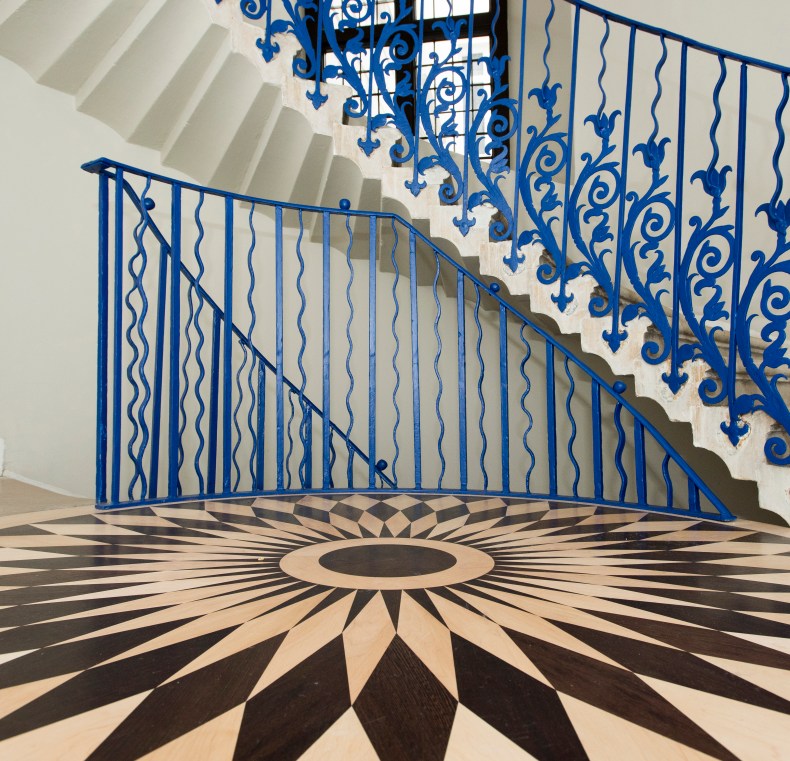
The Tulip Stair. National Maritime Museum, London
The curatorial approach of the 1990s tended towards historic recreation, resulting in rushes strewn on the floors, and projections in the hall of the ceiling paintings by Orazio Gentileschi, which were removed to Marlborough House in 1708. The losses and alterations that the building has sustained have made it difficult to decide which period to recreate. It was therefore with anticipation that I walked through Greenwich Park to see it in its newly refurbished state.
Since my last visit, I had forgotten how large the house is, or perhaps the thoughtful thematic and chronological narratives that structure the redisplay serve to differentiate the 20 or so rooms to greater effect. The most impressive space remains the Great Hall constructed as a perfect 40-foot cube, which is now the site of a delicate work by the artist Richard Wright. The ceiling and upper walls glimmer with 23.5-carat gold leaf. Despite the contemporary ubiquity of bling, gold is still special.
The refurbishment has given the house a sympathetic new paint scheme, and the redisplay emphasises the building as an object of interest in itself. This is only right, considering its significance as the first example of truly classical architecture in Britain. Our familiarity with 18th- and 19th-century classicism has made Jones’s Italianate villa seem unremarkable, but when it was first built, its ordered symmetry formed a striking contrast with the brick Tudor palace. In a room dedicated to the designers of Greenwich, one comes across Jones in his self-portrait, on loan from the Royal Institute of British Architects.
There are other powerful encounters. In the King’s Presence Chamber is the most spectacular of the impressive list of loans that have been secured: the enormous canvas by Orazio Gentileschi depicting Joseph quitting the amorous advances of Potiphar’s wife. It is one of the history paintings known to have hung in the Queen’s House during Charles I’s lifetime, but was sold off by the Commonwealth. Now in the Royal Collection, it has returned to Greenwich for the first time since the sale of the executed king’s goods in 1650.
On the opposite side of the house, numerous queens are back in residence. Thanks again to loans from the Royal Collection, the Queen’s Presence Chamber is occupied by Anne of Denmark by Paul van Somer, Charles I and Henrietta Maria by Daniel Mytens, and Mary II by Peter Lely (the latter on loan from the National Portrait Gallery). Presiding over them all, and returning to her birthplace at Greenwich, is Elizabeth I in the recently acquired Armada Portrait.
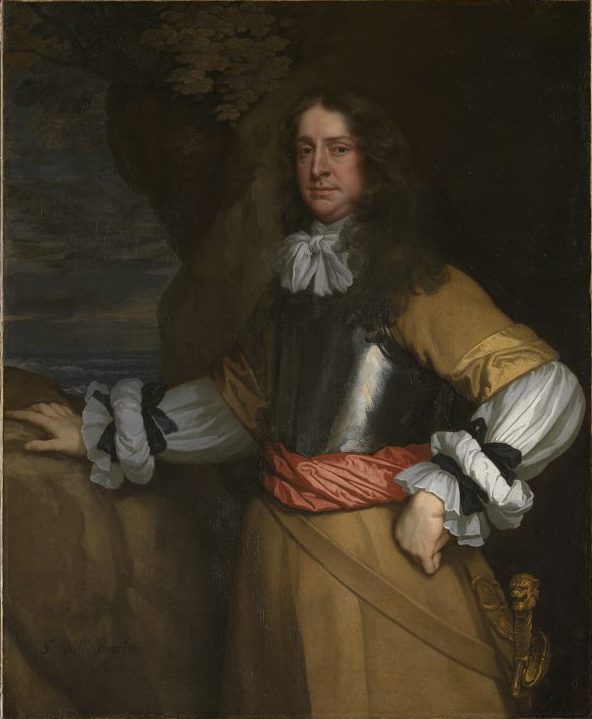
Flagmen of Lowestoft: Vice Admiral Sir William Berkeley (c. 1665–66), Sir Peter Lely. National Maritime Museum, Greenwich
Royal narratives are not the only ones. There are also tales of military might, naval prowess, trade, diplomacy, exploration, and scientific discovery. I was struck afresh by the richness and quality of the Greenwich Hospital Collections from the elder Willem van de Velde’s extraordinary pen paintings of the Netherlands to William Hodges’ views of Tahiti and Easter Island, and from Lely’s portraits of the Flagmen of Lowestoft to George Stubbs’s portrait of a kangaroo.
The chronology picks up pace as you progress through the rooms: in the King’s Bedchamber I was surrounded by dashing 18th-century naval officers, before receiving a hearty 19th-century welcome from John Burnet’s The Greenwich Pensioners Commemorating Trafalgar (1835), on loan from English Heritage. On the ground floor, the tone darkens in the 20th-century rooms, which feature works by war artists, among them John Everett’s paintings of dazzle ships and Richard Eurich’s powerful depictions of the withdrawal from Dunkirk.
![A View of the Monuments of Easter Island [Rapanui] (c. 1776), William Hodges. National Maritime Museum, London](http://www.apollo-magazine.com/wp-content/uploads/2016/11/A-View-of-the-Monuments-of-Easter-Island-Rapanui-William-Hodges-c.1776-c-National-Maritime-Museum-Lodon-e1479483644184.jpg?resize=620%2C381)
A View of the Monuments of Easter Island [Rapanui] (c. 1776), William Hodges. National Maritime Museum, London
The curators have also been busy collecting contemporary work. Paul Duke’s chiaroscuro portrait-photographs of a Scottish fishing community in 2012 belie the harsh realities of life at sea, while Susan Derges’s Starfield Shoreline (2009) contemplates the poetic relationship between earth and ocean. These works revive the founding ethos of the National Maritime Museum in which the display of marine art was understood as a vital part of the nation’s identity, but the curators are not afraid to present critiques of our island’s colonial projects: Marian Maguire’s satirical print based on Nathaniel Dance’s portrait of Captain Cook is taken as seriously as the original on the first floor.
Returning to the Queen’s House after its 14-month closure, it is tangible that the programme of conservation and repair has consolidated one of the country’s most significant buildings, and evident that the redisplay offers much to interest, educate, and inspire. Four hundred years after its genesis, the Queen’s House is not a foolish ‘paire of panniers’ but once more a box of delights.
From the December issue of Apollo. Preview and subscribe here.
Unlimited access from just $16 every 3 months
Subscribe to get unlimited and exclusive access to the top art stories, interviews and exhibition reviews.

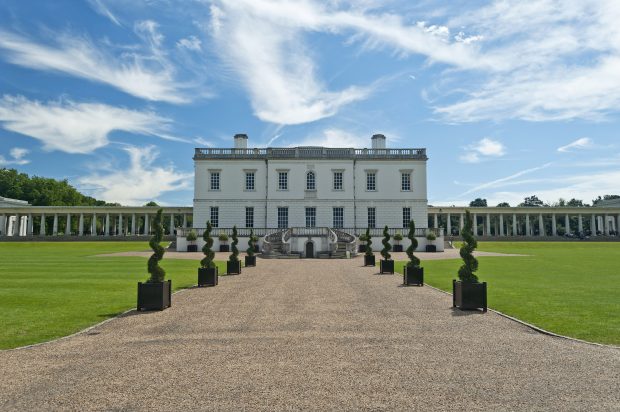
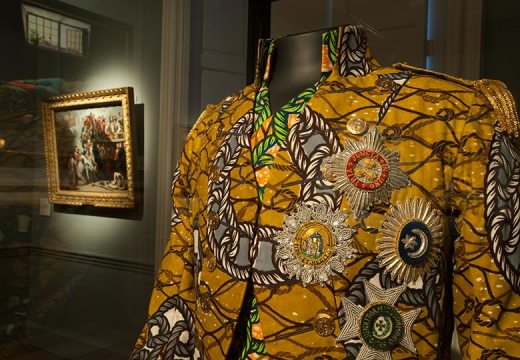
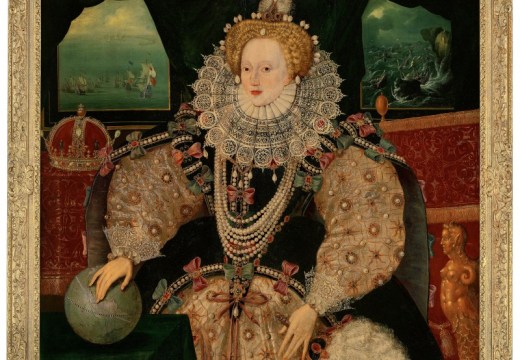
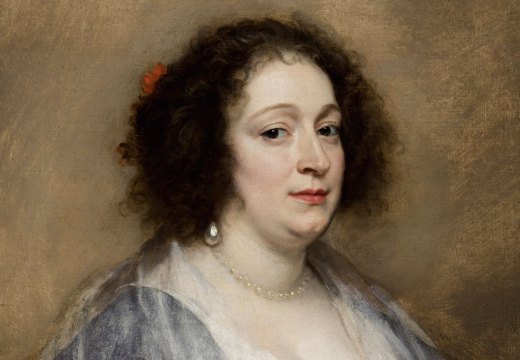









![Masterpiece [Re]discovery 2022. Photo: Ben Fisher Photography, courtesy of Masterpiece London](http://www.apollo-magazine.com/wp-content/uploads/2022/07/MPL2022_4263.jpg)
Why are fathers so absent from art history?